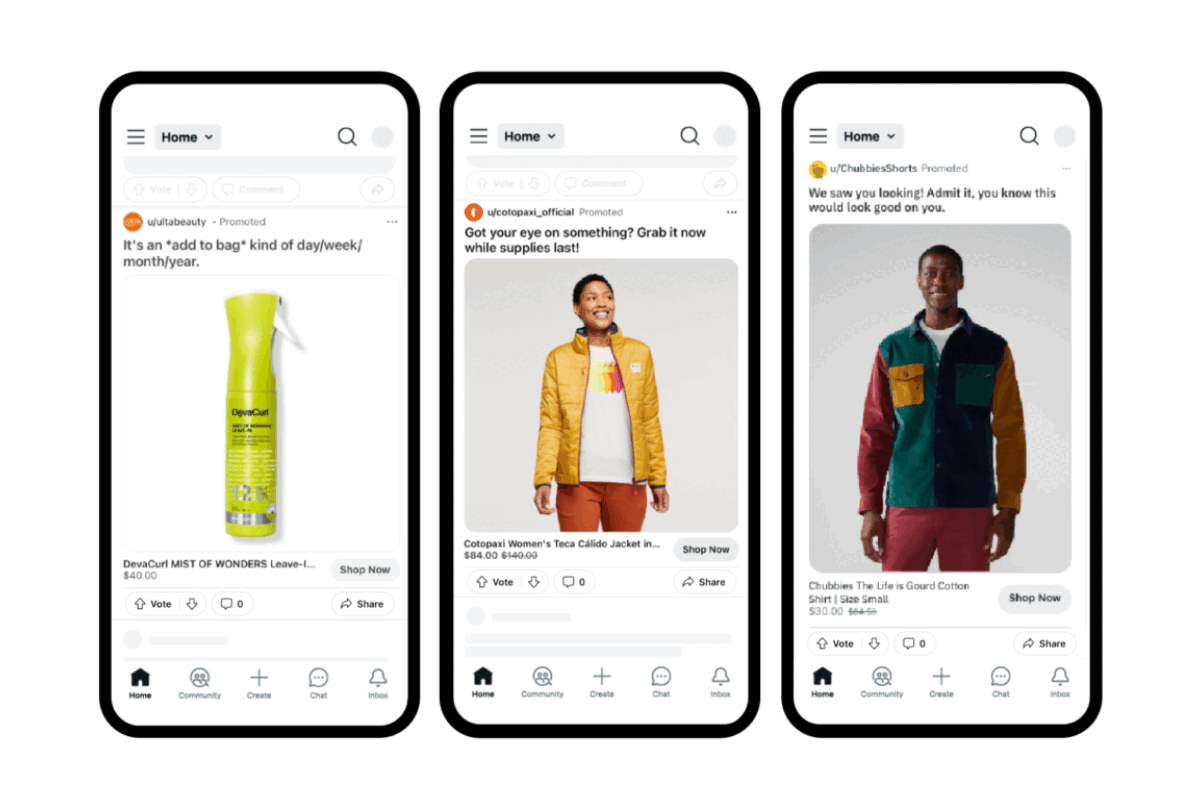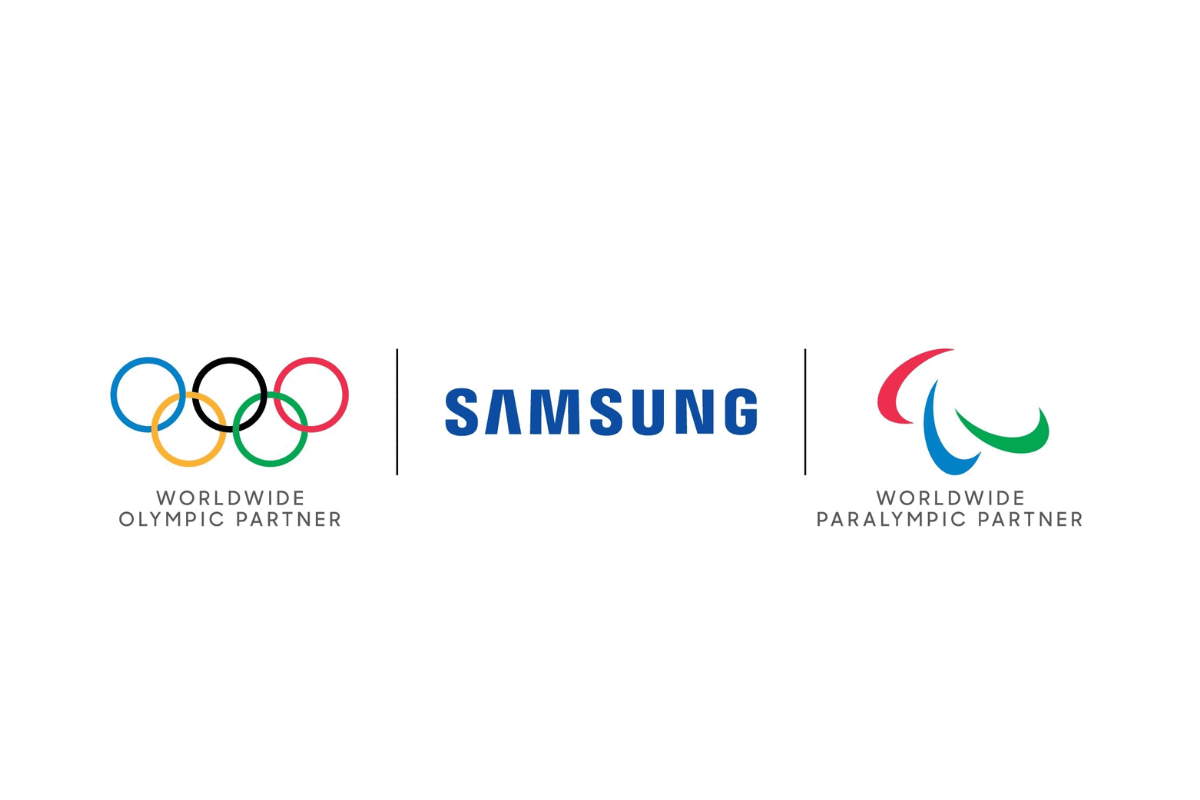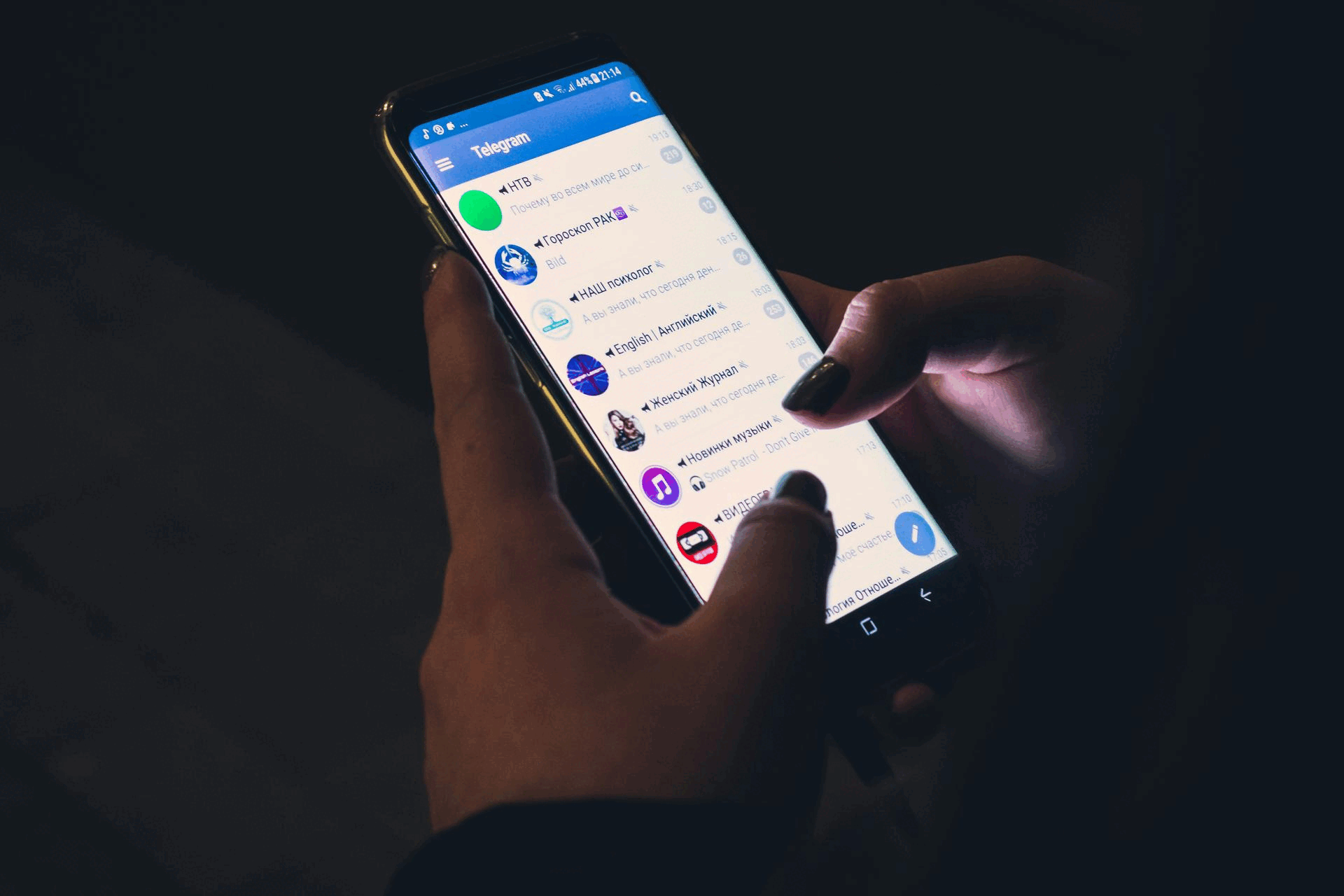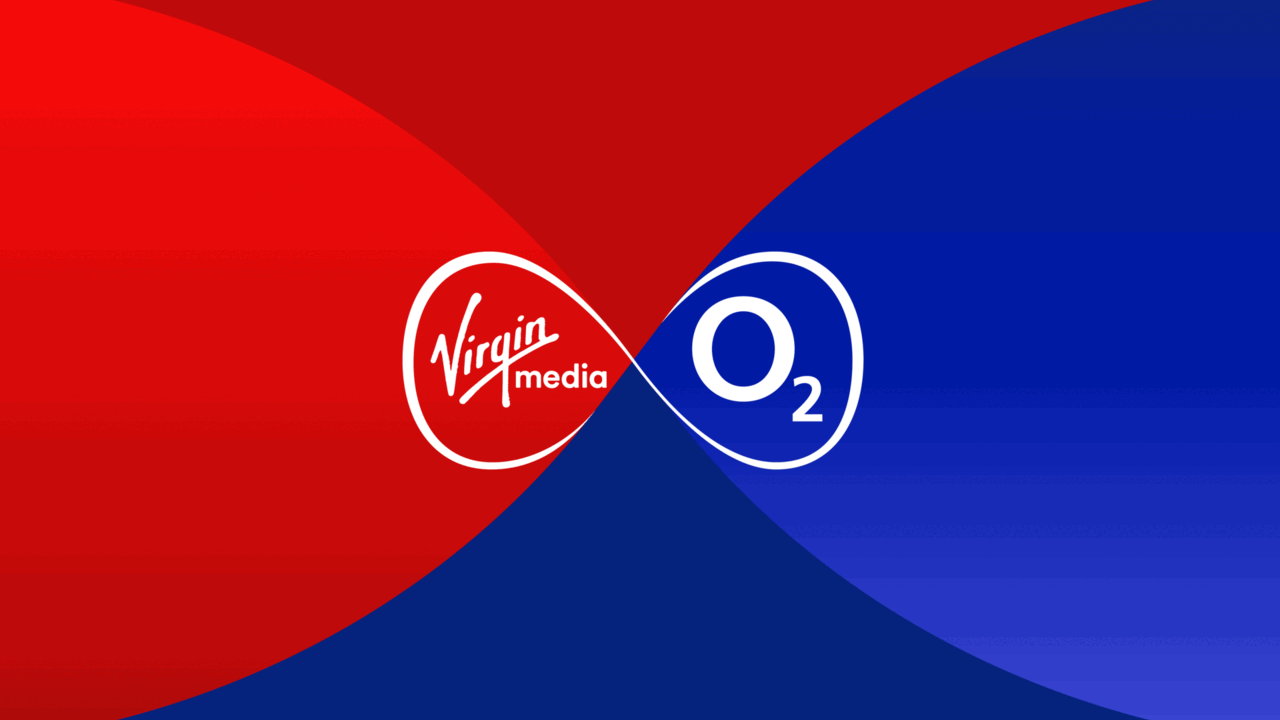Vodafone and Nokia test new tech to prevent video and gaming lag
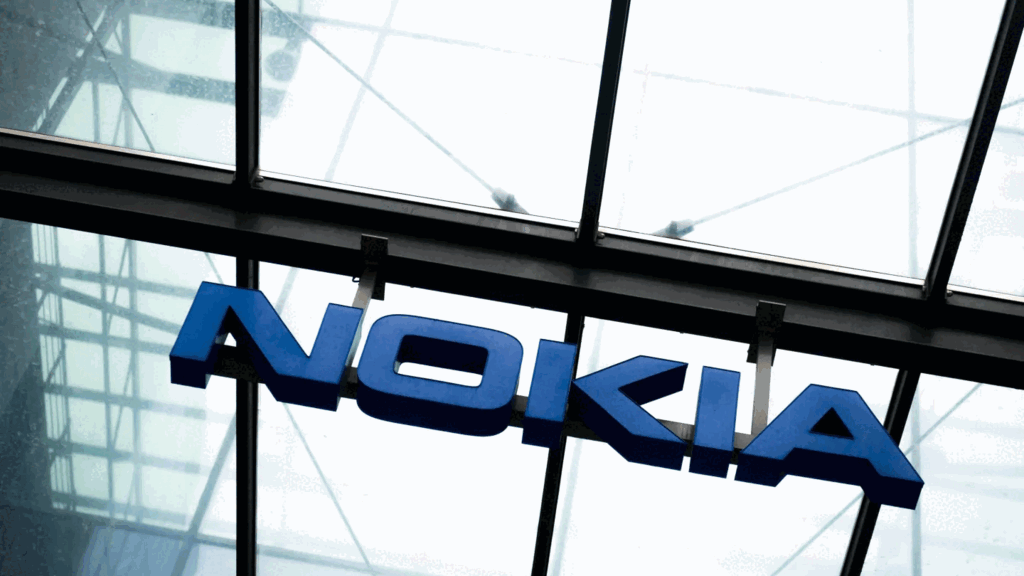
- Wednesday, April 3rd, 2024
- Share this article:
Vodafone and Nokia have joined forces to test new internet technology to improve online gaming and video calling, preventing lags.
In the first test of its kind using all elements of a fibre broadband network Vodafone and Nokia’s research arm Nokia Bell Labs were able to demonstrate the benefits of a new Internet standard called L4S to simultaneously maintain a high throughput of data (customer traffic) and low latency, at Vodafone’s laboratory in Newbury, UK.
Subscribe to Mobile Marketing Magazine
Click here to get the latest marketing news free in your inbox every Thursday
Using a replica fibre-to-the-home (FTTH) link serving a standard laptop over a busy Wi-Fi broadband connection (simulating the worst-case peak load), the telecoms giants were able to reduce the response times, known as latency, when accessing an Internet site from 550 milliseconds (0.55 seconds) to just 12 milliseconds (0.012 seconds) whilst maintaining fast speeds.
The latency reduced to only 1.05 milliseconds (0.00105 seconds) when an ethernet cable was used in place of Wi-Fi.
Vodafone Head of Fixed Access Centre of Excellence, Gavin Young, said: “As a leading broadband provider, Vodafone aims to give customers a faster, more responsive, and reliable service unhindered by lag even during peak hours. L4S is an exciting technology with huge potential to achieve this goal, as well as deliver a more interactive and tactile internet experience for our customers.”
Nokia Bells Labs, Head of Network Systems and Security Research, Azimeh Sefidcon, added: “These highly encouraging results show that L4S will unshackle any real-time application that would normally be constrained by high latency.
“Video conferencing, cloud-gaming, augmented reality and even the remote operations of drones would run flawlessly across the internet, without experiencing any significant queuing delays.”




